The best alternative to Appian
Tallyfy is a far better, modern alternative to complex, legacy BPM like Appian
- Design – We invented Workflow Made Easy®
- Pricing – Minimum purchase is 1 full member
- Support – Get expert 1:1 help free – for life
- Discount – For companies in

Tallyfy vs. Appian
Appian

Appian
Appian
Appian
Appian
Appian
Appian
Appian
Appian
Appian
Here’s why people don’t like Appian
This is third party content sourced from the public web. You can verify this content if you wish. See our disclaimer and citations section below.
Stop bleeding 2 hours per person, daily - on busywork
Just 3 simple steps to digitized workflows
Remove the BPM adoption risk of Appian
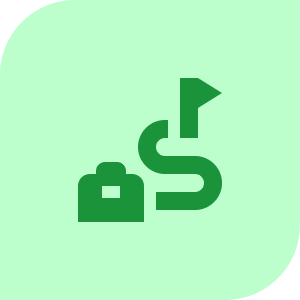
Define or upload your template using AI. Optionally add simple if-this-then-that conditionals. Add rich descriptions to capture tribal knowledge on every step. Learn how to create templates that streamline your workflows.

Launch your process with a form or any other trigger. Invite unlimited guests or coworkers to complete tasks and fill out forms. Tallyfy handles auto-reminders. Monitor all processes with our real-time tracker view.
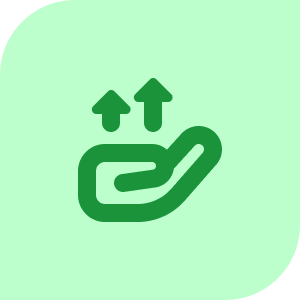
Improve your process through feedback and metrics. Add steps run by AI. Automate specific steps if they’re worth it. Practice easy and continuous improvement. Analyze performance metrics to optimize your workflows.
This ROI only applies to easy apps like Tallyfy
HEARING THIS?
- How do I do this?
- What's the status of this?
- I forgot we had to do that
- What comes next?
START TALLYFYING
- Every workflow - digitized
- Everyone is happy and efficient
- Newbies are auto-trained
- Grow revenue without chaos
TIME IS EVERYTHING
- US average wage is $44/h
- Nobody enjoys busywork
- Free up time for innovation
- Automate mundane stuff
Tallyfy does not charge for basic services
Need help? Unlike costly “professional services” at Appian – Tallyfy guarantees free 25-minute screen-sharing calls with workflow experts for life.
SCHEDULE A CALL
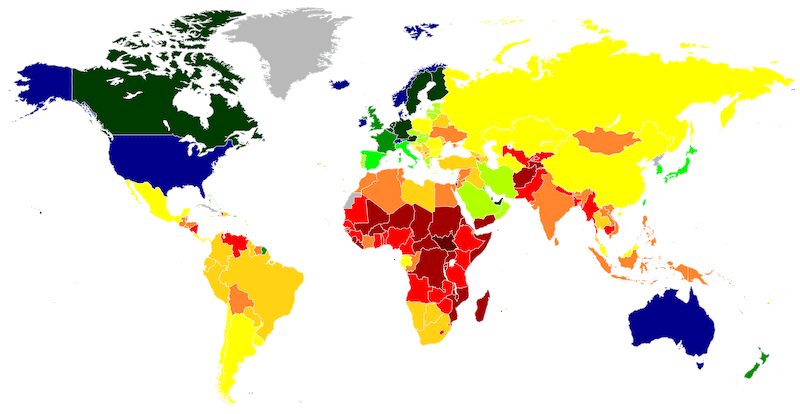
Fair Price Guarantee
Tallyfy is well known because our pricing is discounted using the GDP-per-capita of your primary country. If you qualify you get an even better product with even more value. Choosing Tallyfy over Appian is a no-brainer.
Fair Price GuaranteeIntegration and enterprise ready
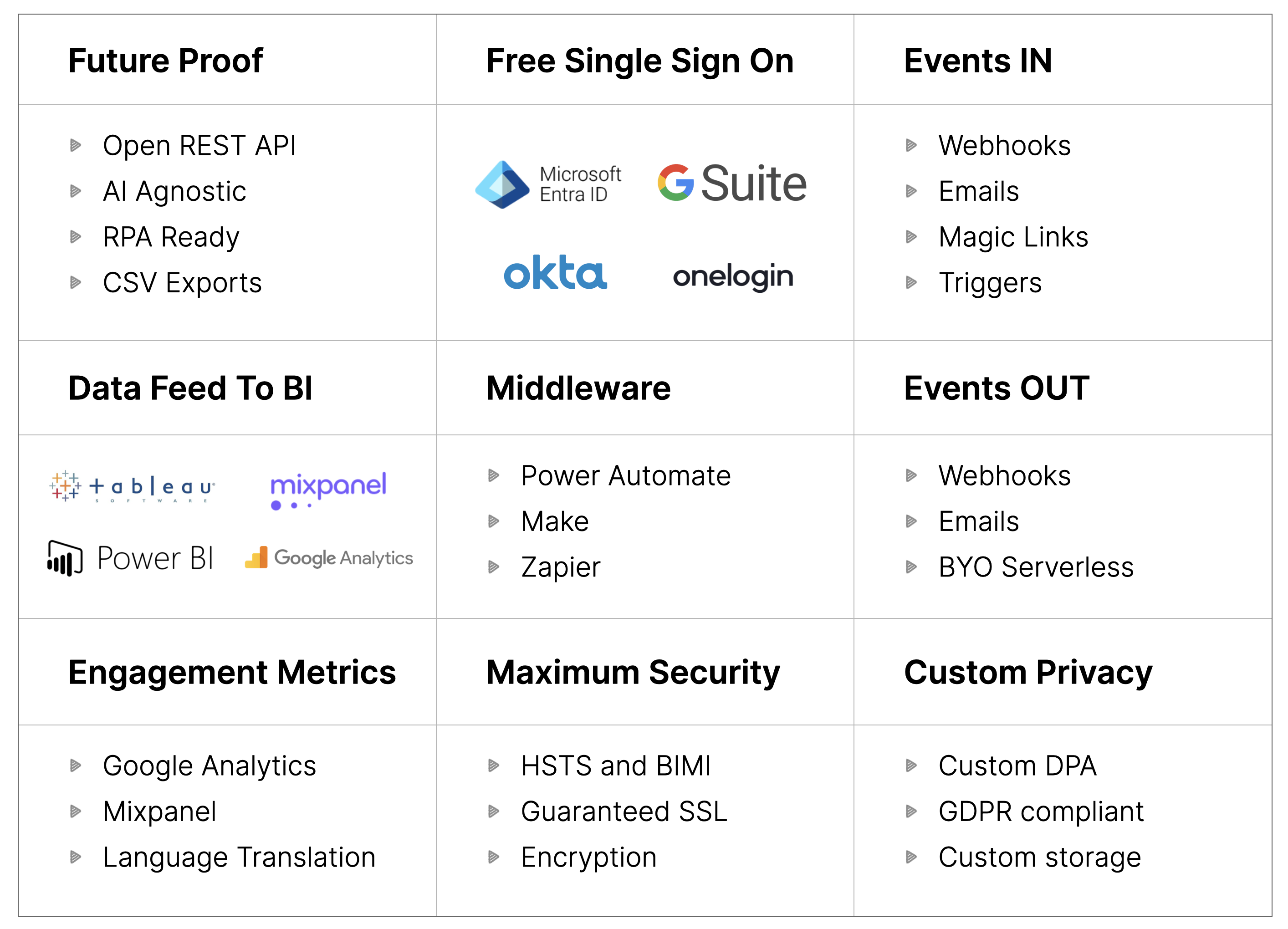
- Open REST API
- SOC 2 Type II
- GDPR compliant
- BIMI and HSTS compliant
- Connectors to middleware
- Free SSO for all
- Webhooks and BI feed
- Language translation
- Bank-grade security
- Enterprise MSA & SLA
- More on integrations
Related questions
What is Appian used for?
As Richard Feynman said – “The first principle is that you must not fool yourself — and you are the easiest person to fool.” This applies particularly when evaluating complex BPM platforms that may promise simplicity but deliver complexity.
What exactly is Tallyfy and how is it different?
Does Appian have a discount for certain countries?
Why are legacy BPM systems like Appian becoming less popular?
As Carl Sagan observed – “It is far better to grasp the universe as it really is than to persist in delusion, however satisfying and reassuring.” This wisdom applies when choosing between complex legacy systems and modern, intuitive alternatives.
How does Tallyfy handle process improvement compared to Appian?
How does AI integration differ between Tallyfy and Appian?
What’s the implementation time difference between Appian and Tallyfy?
How do I see real customer reviews of Tallyfy?
Does Tallyfy offer free professional services?
How can I get started with Tallyfy?
This is the disease of legacy BPM

As an Appian competitor – Tallyfy excels where it counts
| Tallyfy | Appian | |
|---|---|---|
| Specialism (Workflow Focus) | Specialized in workflow automation with a focus on simplicity and quick adoption. Tallyfy’s “Workflow Made Easy®” approach creates a product tailored for designing and running workflows with minimal complexity, making it accessible for everyday business users. | Broad low-code automation platform covering multiple areas beyond workflows, including RPA, AI, IDP, and API integrations. While powerful, this breadth may introduce more complexity compared to Tallyfy’s workflow-focused approach. Appian’s comprehensive platform approach may mean less specialization in pure workflow management. |
| Pricing | Simple, transparent pricing with no minimum commitment (start with just 1 user). Annual plans with affordable rates for full members and light members. Unique Fair Price Guarantee offers lifetime discounts based on a country’s GDP, making it globally accessible. View Tallyfy’s transparent pricing structure. | Complex “per user, per month, per app” pricing model with no transparent prices listed online. May require contacting sales for details. No equivalent to Tallyfy’s country discount program, and generally maintains standard enterprise pricing globally. Contact Appian for pricing details. |
| Ease of Use | Designed for simplicity with no technical training needed. Teams can create their first workflow in under an hour. Avoids complex notations, flowcharts, and BPMN, making it accessible for non-technical staff. | May be more complex to learn and use due to its broad capabilities. Often may require expertise to utilize correctly, with dedicated developer communities and certification programs indicating a significant learning curve. Appian’s learning resources reflect platform complexity. |
| Adoption & User Satisfaction | High adoption rates across businesses of all sizes due to simplicity. Customers report transformative results – Corestream’s CEO notes it “reduced manual errors, sped up processes like onboarding… saves us so much time.” Easy implementation leads to consistent usage and positive word-of-mouth. Read Tallyfy customer success stories. | Adoption primarily among large enterprises with dedicated IT teams. May be less common in small/mid-sized businesses due to cost and complexity barriers. Implementation challenges and steep learning curves can lead to lower adoption rates and underutilization of features. |
| Security | Strong emphasis on modern security protocols including BIMI and HSTS enforcement. SOC 2 Type II attestation, GDPR compliance, and A+ SSL Labs grade. Cutting-edge security architecture protects customer data with transparent security documentation. Review Tallyfy’s security framework. | May meet enterprise security standards (SOC 1/2/3, FedRAMP, HIPAA) but documentation doesn’t highlight certain modern protocols. Self-managed deployments may require additional configuration for features like HSTS that come standard with Tallyfy. Appian’s security configuration requirements. |
| Support | Free lifetime expert 1:1 support for all users. Personal screen-sharing calls with workflow experts at no charge without requiring professional service contracts. Non-technical teams always have immediate help available. | Tiered support plans (Foundation, Professional, Signature) sold separately. Standard support may be limited to ticket submission during business hours. Live 1:1 guidance may require purchasing higher-tier support plans. Explore Appian’s paid support options. |
| Implementation Speed | Deploy in minutes with first workflows created in under an hour without technical training. No coding required, delivering immediate ROI and process improvements. | May have significantly longer implementation cycles. Appian’s own “Appian Guarantee” promises first application in 8 weeks, but typical projects may require 6-12 months and significant IT resources before fully operational. Check Appian’s implementation timeline. |
| Customization & Process Improvement | Intuitive improvement mechanisms allow users to comment directly on workflows with feedback going straight to process owners. Quick iterations possible without IT involvement, enabling real-time process adaptation. | Changes may require formal development lifecycle processes including dev/test environments and specialist involvement. Complex change management procedures may slow responsiveness to feedback and new requirements. |
| Integrations & Extensibility | API-first platform with open REST API, webhooks, and BI data feed. Pre-built connectors for popular tools and Single Sign-On included for all users at no extra cost. Seamlessly integrates with existing tech stacks. View Tallyfy’s integration capabilities. | Robust integration options but may require complex configuration using Appian’s design interface. Advanced integration features (custom email servers, on-premise connections) may be tied to higher-tier subscriptions, adding cost and complexity. Review Appian’s tiered integration features. |
Tallyfy is a far better alternative to Appian
Don’t commit to the ridiculous pain of legacy BPM
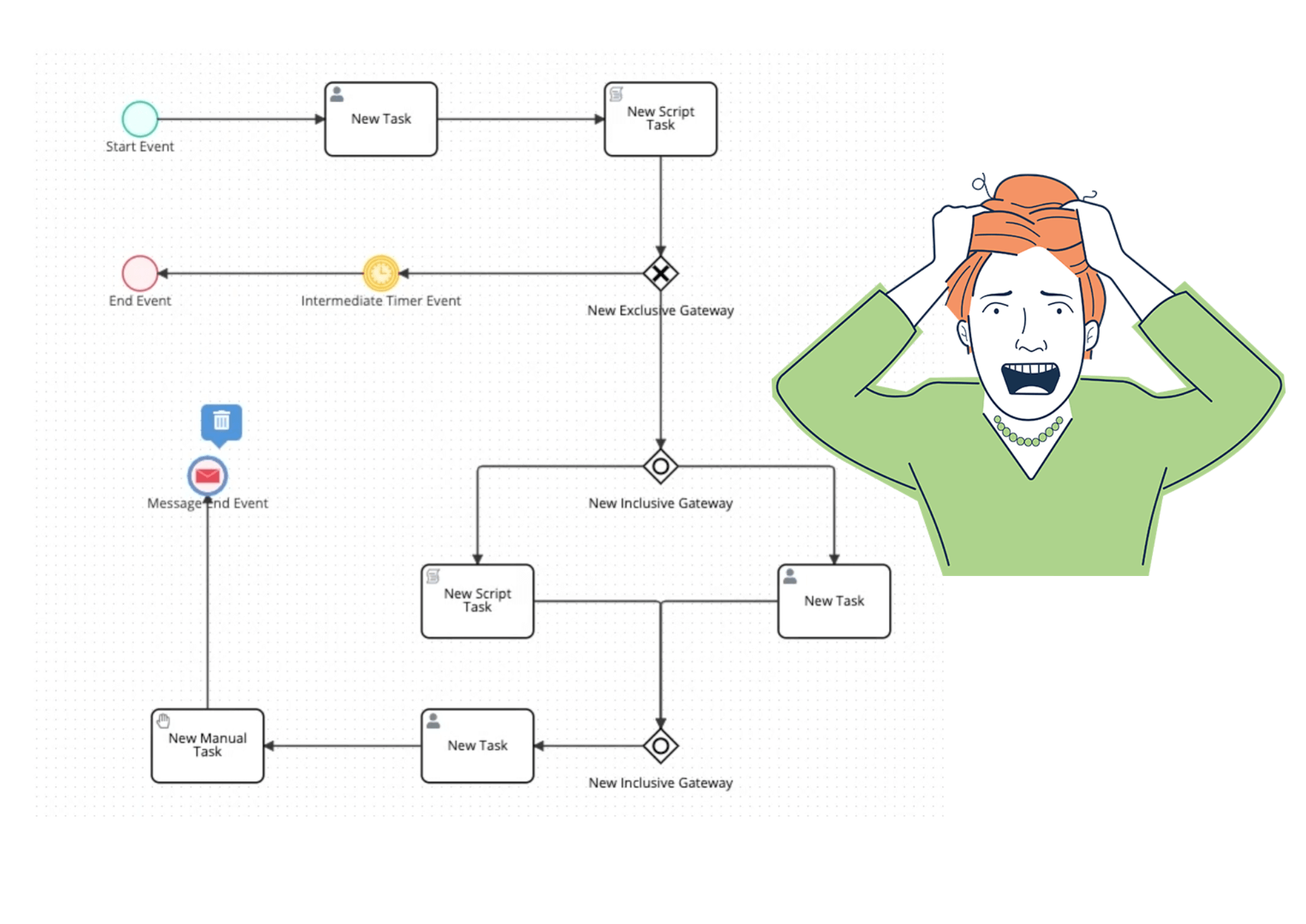
Stop bleeding 2 hours per person, daily - on busywork
References and Citations
- [1] Reddit – Appian community discussion about slow server performance – February 2025
- [2] G2 – Appian reviews highlighting pricing and feature limitations – February 2025
- [3] Reddit – Discussion about Appian complexity vs marketing claims – February 2025
- [4] G2 – Appian review by Vaibhav G. regarding debugger limitations – February 2025
- [5] Gartner – Appian review about debugger and learning curve issues – February 2025
- [6] TrustRadius – Anonymous review about learning curve misunderstanding – February 2025
- [7] SoftwareAdvice – Verified reviewer comment about cost for SMEs – February 2025
- [8] Capterra – Khemraj’s review about non-standard development practices – February 2025
- [9] Reddit – Discussion about Appian complexity for simple workflow needs – February 2025
DISCLAIMER OF AFFILIATION, ACCURACY & LIABILITY
This page is an independent, good‑faith comparative review prepared by Tallyfy, Inc. (“Tallyfy”) and is based on publicly available information, third‑party reviews, and vendor materials current as of February 2025. The content is offered “AS IS” for general informational purposes only and does not constitute professional, technical, or legal advice.
- No Affiliation. Tallyfy is not affiliated with, endorsed by, or sponsored by Appian Corporation. “Appian” and related logos are trademarks or registered trademarks of Appian Corporation; all such marks appear solely for nominative, comparative reference permitted under the Lanham Act and the doctrine of nominative fair use.
- Dynamic Information. Features, service levels, and pricing change frequently and may have changed since the compilation date. Users should verify current offerings directly with each vendor before making purchasing decisions.
- Opinion & First‑Amendment Protection. All statements constitute Tallyfy’s opinion or commentary, which is protected speech when truthful and non‑misleading.
- No Warranties; Limitation of Liability. Tallyfy disclaims all warranties—express or implied—including accuracy, completeness, merchantability, and fitness for a particular purpose, and will not be liable for any loss or damage arising from reliance on this content.
- Overall Website Terms. Your use of this website is subject to our terms and conditions.